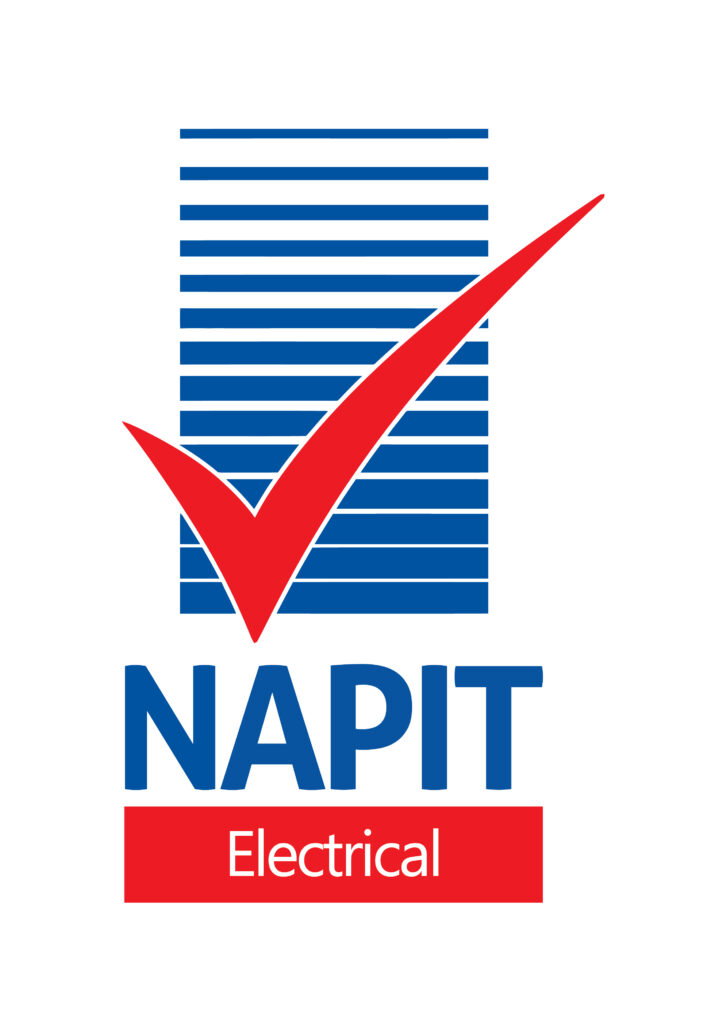Electrical Installation Condition Reports
Periodic electrical testing, otherwise known as domestic EICR testing or an Electrical Inspection Condition Report (EICR), is a comprehensive inspection of your home’s electrical systems and installation. The purpose of an EICR is to check that the existing electrical installation meets the current standards and to ensure that everyone in the property can operate in a safe environment.
How often do I need my electrics testing?
Electrical installations in the home are subject to deterioration, ageing and general wear and tear. This is why electrical tests should be conducted on a regular basis. British Standard BS 76719 (IET Wiring Regulations) advises that homeowners, landlords and businesses test at the following intervals:
- Homeowners – an electrical test is required once every ten years. If there’s a swimming pool on your property, that should be tested every year.
- Businesses – employers should have a periodic test undertaken every five years.
- Landlords – it is recommended that landlords test their properties once every five years, or when there is a change of tenancy.
What Does Periodic Electrical Testing Involve?
A periodic electrical test will check if your home’s electrical installations have any faults that are unidentifiable with a simple visual check. A number of faults could occur, such as electrical circuits overheating or becoming overloaded during use. If an electrical circuit is not installed properly – for example, without bonding or earthing to secure the electrics safely – it could potentially lead to a fire or shock hazard. Periodic testing will pinpoint any defective electrical work in your home’s system.
A trained electrician can also carry out a visual check of your property, providing you with a quick analysis of how safe it is. A visual check will look for damaged light switches and sockets, broken cables and scorch marks that result from the overloading of the power outlet. It will also inspect the residual current device (RCD) for the circuits that operate gardens and bathrooms. These visual checks should be carried out at regular intervals between the more thorough periodic inspections.
Once a periodic test is completed, you’ll be given a certificate by your testing engineer. This is commonly called an Electrical Inspection Condition Report (EICR). The report will outline any deterioration, damage, defects or other dangerous aspects of your electrical system, plus anything that isn’t aligned with current safety standards or could place people at risk.
If a periodic test comes back negative, the EICR will be recorded as “unsatisfactory”, indicating that work is required immediately to remove the risk to anyone who is living or working in the property. The report will also show which electrical system(s) failed the periodic test. Any required work is classified using specific codes:
- C1 – this means ‘danger is present’, there is a likely risk of injury and action is required immediately.
- C2 – potentially dangerous with remedial action needed urgently.
- C3 – improvements to your electrical system are recommended. This is the only code that can appear on an EICR and still pass the test.
When your electrical system has fully passed the periodic inspection and any urgent remedial work is complete, you will be supplied with an EICR Certificate of Safety, giving you reassurance that your home electrics are safe.
Land Lords – as a landlord you have enough to worry about. Let us take care of your properties electrical needs.
For more information see the website below:
https://www.gov.uk/government/publications/electrical-safety-standards-in-the-private-rented-sector-guidance-for-landlords-tenants-and-local-authorities/guide-for-landlords-electrical-safety-standards-in-the-private-rented-sector
PAT Testing:
We can carry out Portable Appliance Testing at your place of work or on site.
What is PAT Testing?
Portable Appliance Testing or PAT Testing is the process of checking electrical appliances for safety through a series of visual inspections and electronic tests.
Why do I need to have my appliances tested?
The best way of ensuring that your appliances are safe is to have a PAT test carried out on them. This is a good way for landlords to ensure that they are meeting their legal obligations to maintain high standards of electrical safety in their rented property.
What does Portable Appliance Testing involve?
To establish the safety and suitability of your electrical appliances, the competent person will carry out a visual inspection of the appliance, its plug and lead. For Class I[1] equipment they will also inject test signals into the cable and appliance to ensure their integrity.
Who should do the work?
Electrical work must only be carried out by people who have the necessary knowledge, skill and experience needed to avoid danger to themselves and others.
What will I receive?
Upon completion of the portable appliance inspection and testing you will receive a report that details the following as a minimum:
- An inventory containing each appliance type, name, location and description
- A full set of test results for each appliance tested
- A full list of any failed items with an explanation of their failure
- A visible pass or fail label on each appliance detailing the inspection date, next test due and the inspector’s signature.
We would be happy to talk through your report with you and advise you of any further action required.


